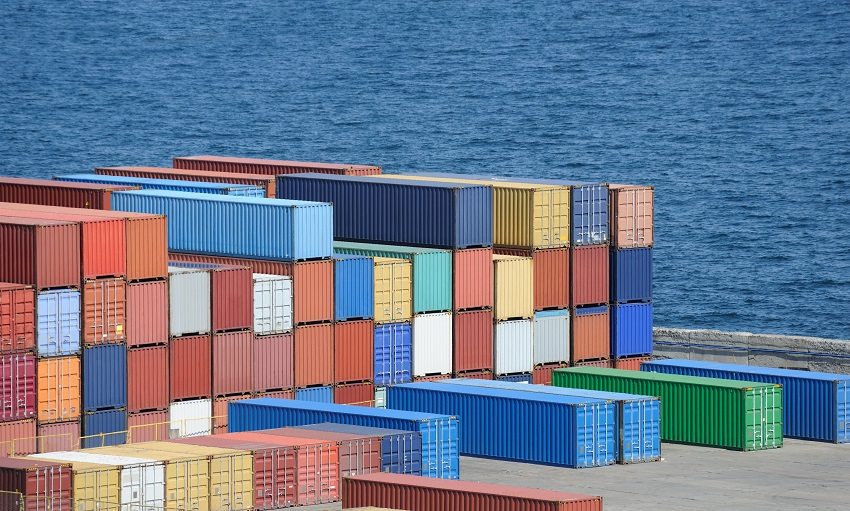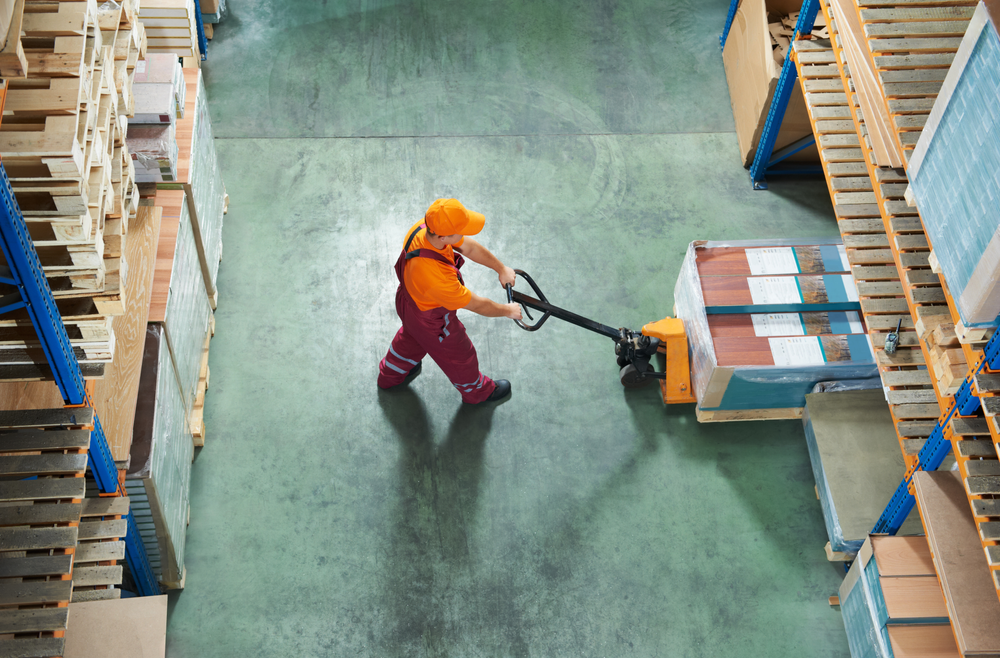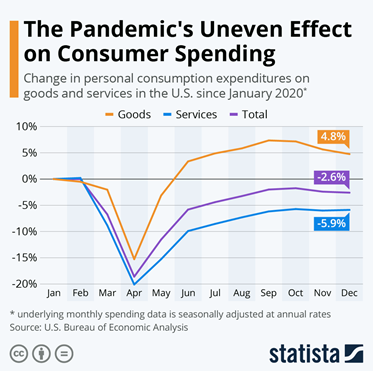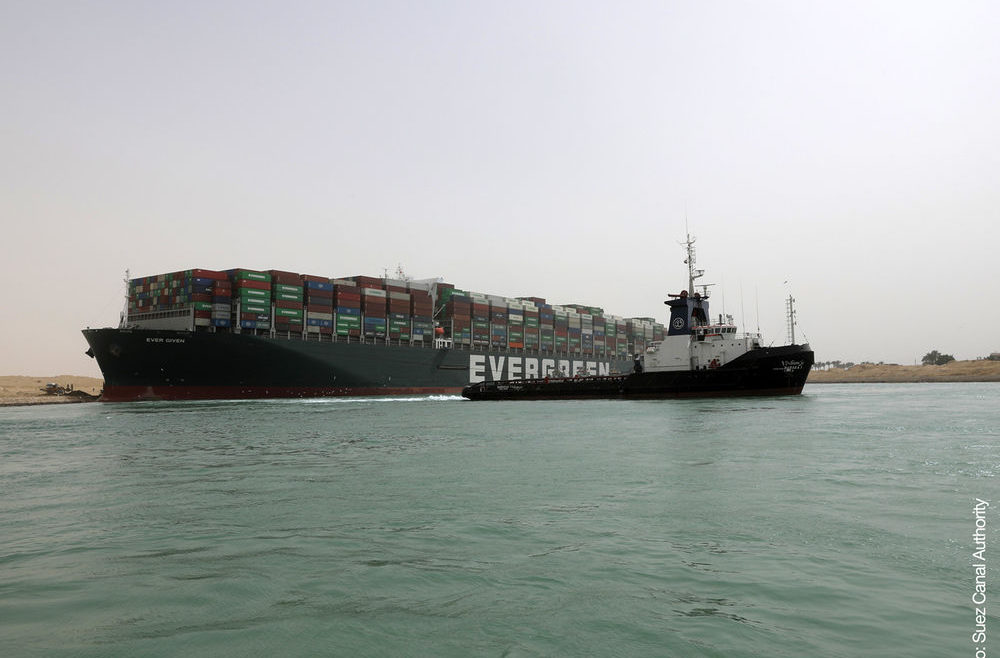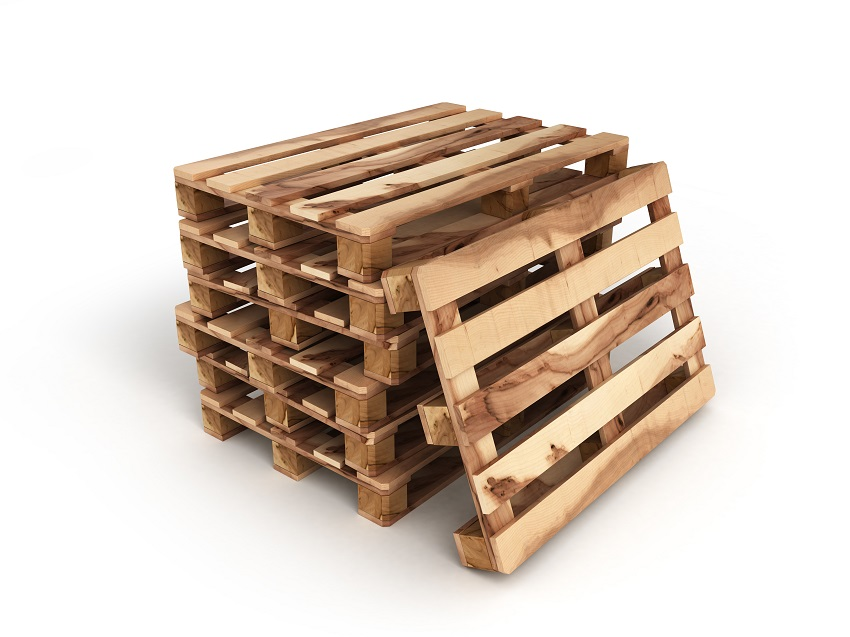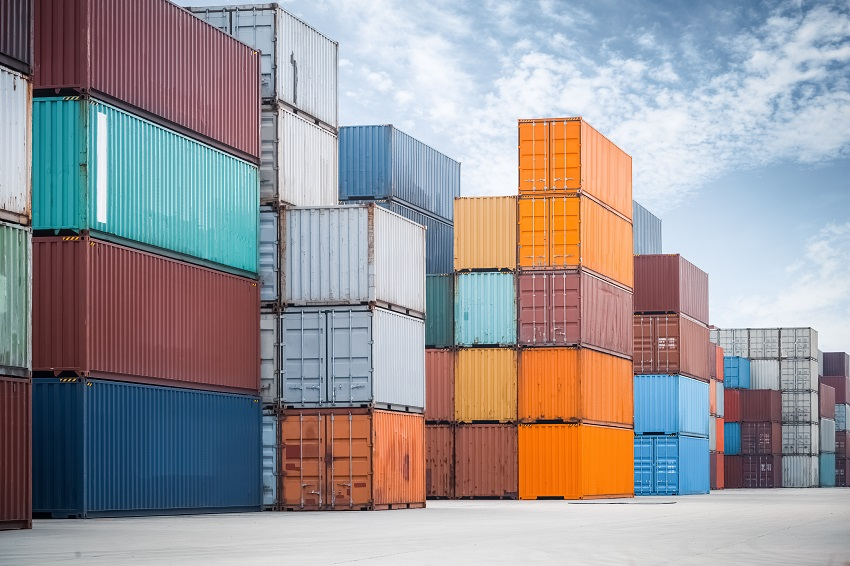Here are some of the leading supply chain stories of the month:
Talks between the International Longshore and Warehouse Union (ILWU) and the Pacific Maritime Association (PMA) are underway. Not surprisingly, there are several contentious issues to be addressed. In particular, port automation. Workers are not only concerned about their own jobs, but jobs for future generations as well.
Click to Read – Port Automation Is Hot-Button Issue in West Coast Labor Talks
The industry saw a significant change in 2021, with many cargo owners forsaking sea cargo for airfreight. This is largely due to port congestion and a smaller price gap between land and sea transport and air transport. The 2021 calendar year saw an increase in growth of 14.9%, double the rate of sea freight.
Click to Read – Congestion and rates drove huge modal shift to air freight last year
Officials in Europe have differing views on the possible impact of freight volume from China once all lockdowns are lifted. Some are expecting nothing more than a manageable stream of ships, while others foresee the likes of a tsunami. Regardless, current vessel reliability is at record lows on the Asian-North Europe trade route with dwell times up 3% from early February numbers.
Click to Read – No China surge expected when lockdowns lifted: Rotterdam
Regarding the situation in China, some feel that shipowners should begin to batten down the hatches and prepare for some tough times. New statistics released for April show significant economic turmoil in the country, with all markets from real estate to manufacturing in the red. Retail sales are down 11.1% and manufacturing output is down 4.6%. While some shipowners are hoping for a stimulus package, it’s reasonable to doubt that will happen.
Click to Read – Latest China economic data spooks shipping
Finally, the results of many of the world’s major container lines ending service to Russia are being felt. The country is dealing with dwindling consumer goods and components. Still viable cargo import options are irrelevant, thanks to a lack of ocean shipping links.
Click to Read – Russia’s isolation deepens as shipping lines make final port calls



